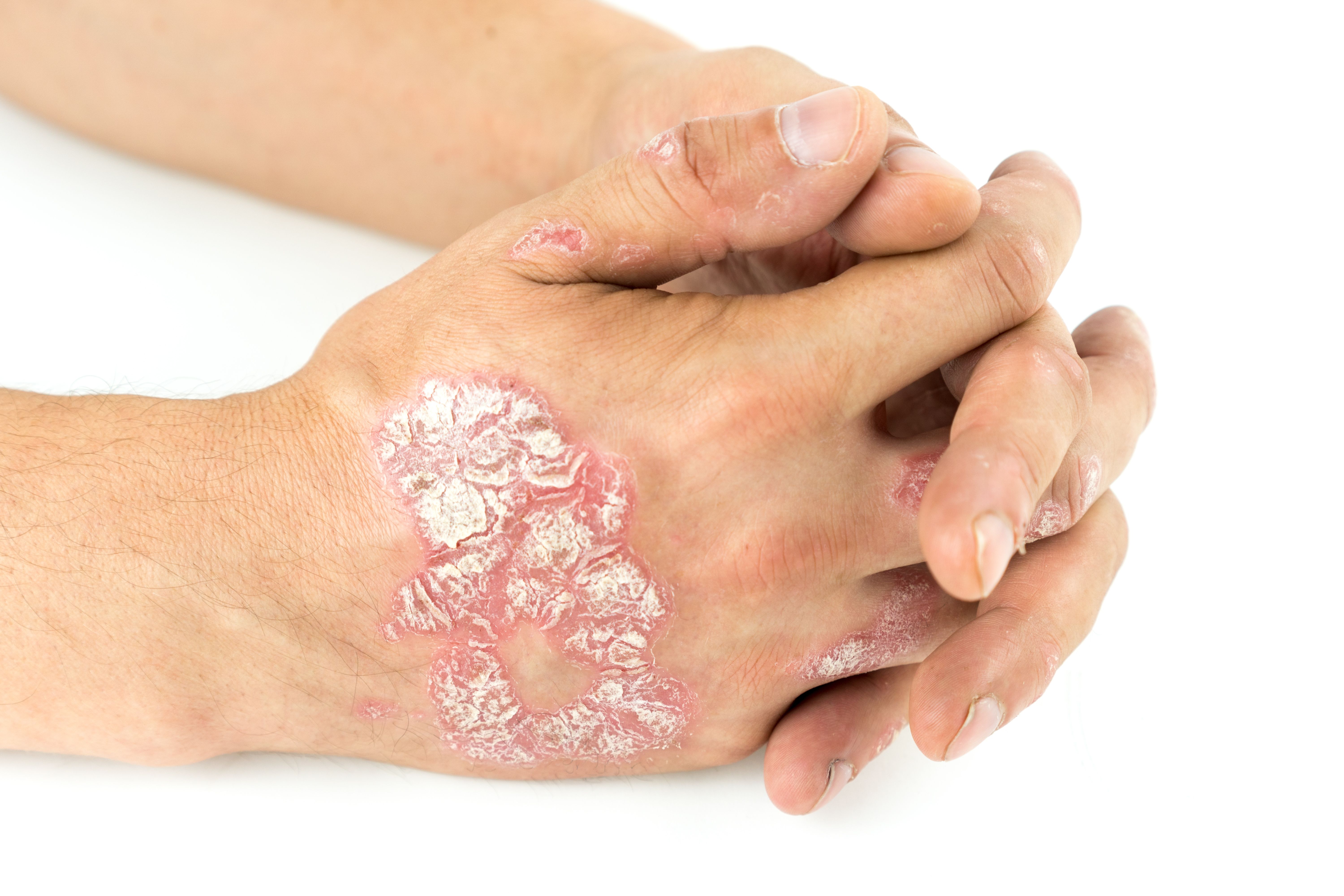News
Article
Prenatal Opioid Exposure Linked to Asthma in Children
Author(s):
A recent cohort study finds that prenatal opioid exposure is associated with increased risk of certain immune-related conditions, including asthma.
Prenatal opioid exposure (POE) was associated with increased risk of asthma, infection, and eczema and dermatitis, but not allergies and anaphylaxis or autoimmune conditions, according to a recent study.

These findings suggest the importance of understanding opioid-induced immune changes during pregnancy, how these changes affect the long-term health of exposed children, and the mechanisms of opioid-induced immune dysregulation.
This cohort study is published in JAMA Network Open.
“This study examined the association between POE and immune-related conditions in childhood,” wrote the researchers of the study. “Furthermore, the study aimed to examine whether the association between POE and immune-related conditions differs based on the timing of exposure (trimester), the indication for opioid dispensing, or the presence of NAS [neonatal abstinence syndrome].”
The study included all live-born children born between January 1, 2003, and December 31, 2018, in Western Australia, and used data from state hospitals, emergency departments (EDs), and mortality records. Children were identified from the Midwives Notification System.
Additionally, information on pregnant women was obtained from the Monitoring of Drugs of Dependence System, which includes information on the dispensing of all Schedule 8 medicines in Western Australia, including methadone, buprenorphine, oxycodone, fentanyl, morphine tapentadol, pethidine, hydromorphine, and high-dose codeine.
The primary outcome was hospital admissions and ED presentations of children diagnosed with conditions associated with an overactive immune system, (asthma, eczema, and allergies and anaphylaxis) and autoimmune diseases. These conditions were diagnosed before age 5 years or June 30, 2020.
The study identified 401,462 neonates, of whom 1656 had POE, with a mean (SD) gestational age of 37.7 (2.1) weeks. These neonates were more likely to born preterm, have low birth weight for gestational age, and be co-exposed to cigarette smoke compared with nonexposed neonates. POE was associated with an increased risk of perinatal infection (adjusted OR [AOR], 1.62; 95% CI, 1.38-1.90) and eczema and dermatitis (AOR, 11.91; 95% CI, 9.84-14.41) compared with no exposure.
Additionally, POE was associated with an increased risk of childhood asthma (adjusted HR [AHR], 1.44; 95% CI, 1.16-1.79), but not allergies and anaphylaxis.
Furthermore, POE was associated with an increased risk of childhood eczema and dermatitis, but only in children with POE from opioids used to treat opioid use disorder (AHR, 1.47; 95% CI, 1.08-1.99) rather than pain. POE from opioids used for pain was associated with an increased risk of infection (AHR, 1.44; 95% CI, 1.32-1.58).
However, the researchers acknowledged some limitations to the study, such as only including exposure to Schedule 8 opioids, not illicit opioids or lower-schedule opioids. Furthermore, the researchers were only able to identify diagnosed conditions among patients who presented to the hospital or ED. Therefore, the study may reflect more severe cases or cases that had not been suitably treated by general practitioners and pediatricians.
Despite these limitations, the researchers believe the study shows an association between POE and increased odds of infections and of eczema and dermatitis during the perinatal period. Moreover, POE was associated with an increased risk of infections, asthma, and eczema and dermatitis in childhood.
“These findings highlight the importance of further study of opioid-induced immune changes during pregnancy, the potential impact on long-term health in exposed children, and the mechanisms of opioid-induced immune dysregulation,” wrote the researchers.
Reference
Kelty E, Rae K, Jantzie LL, Wyrwoll CS, et al. Prenatal opioid exposure and immune-related conditions in children. JAMA Netw Open. 2024;7(1):e2351933. doi:10.1001/jamanetworkopen.2023.51933





